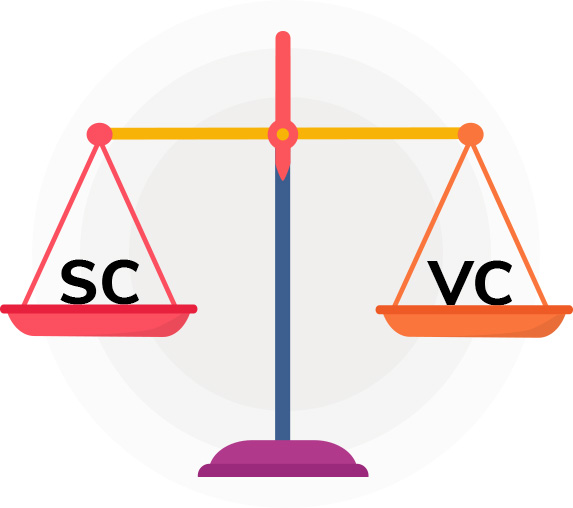Seller or Vendor Central
Vendor vs Seller… or both?
Over the years, this debate has been ongoing.
Some strong early arguments favoured Vendor. It’s easier to manage, it provides faster cash injections and it’s far less operating cost to absorb.
Over the years, Seller has become more prominent. With a combination of maturing technologies, service providers and a changing landscape on Brand-direct-to-consumer transitions taking place, Seller has become easier and more attractive.
So which is better? Impossible to say. It’s all about you.
Business models, long term plans, Brand ownership, margins, existing infrastructure, sales… a mixed bag of factors need to be plugged in to the analysis. When we conduct these consultative analyses for companies, we let the inputs determine the best direction. Some companies end up having a clear option purely based on the reality of the maths and practicality of the business model.
But… for the growing majority, there is no need to choose. Many companies can use a hybrid strategy to effectively use both.


Seller is for…
We don’t like making sweeping generalisations. It’s always a bad idea.
But a certain ‘profile’ tends to adopt Seller more than others for good reason. If you match the below outlines, it’s likely a Seller Central approach makes the most sense for you.
Resellers – Vendor frankly will have a tight margin otherwise. Unless you’re a sole distributor in a region, competition will be fierce. You’re already buying wholesale. It will be virtually impossible to turn a profit by then selling wholesale to Amazon, who will want the best pricing and plenty of packaging and labelling requirements.
Direct-to-consumer e-commerce sellers – you have a website, you ship orders to buyers, you have systems and teams ready to support listings, returns and marketing already. Seller Central is another channel your existing team and systems can support.
Brand Control – You are the owner of a Brand, and want to ensure the Amazon catalogue is accurate and well presented. You also need to police pricing and set price establishment. Seller Central is the only way to do this.
Vendor is for…
As mentioned, we never ever make sweeping generalisations. Never-ever.
However, certain business model characteristics and long term objectives clearly favour a Vendor central approach.
Importers – Often lacking in direct-to-consumer infrastructure, teams and know-how, importers can use Amazon Vendor to quickly sell stock wholesale and wash their hands of the rest of the matter
Manufacturers – You are great at making things! But you want others to sell them for you. Amazon Vendor is an easy new ‘buyer’ to take your product and find an audience for them.
Brand MVP – You have the capability to sell and ship to buyers online, but not for a region (or not yet for Amazon easily). Vendor is a great way to test markets, giving you some presence locally without the headache of local logistics, customer service, language, tax (etc) that comes with it.


But why pick? Eat ALL your cake.
The likelihood is you aren’t just ‘one’ thing. You may sell online, but also distribute wholesale. You may manufacturer, but also sell directly under an alias. Companies reflect their creators, and humans are nimble nuanced creatures.
The good news is you don’t need to pick. You do need a strategy to effectively manage both Vendor and Seller activities. Without a plan, you’re going to either duplicate work, or overlap with conflicting strategy. But with a clear plan in how to leverage both, we typically encourage the hybrid method these days.
